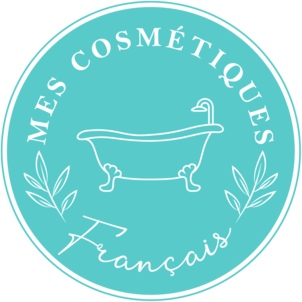I don't know about you, but we in Aix en Provence are already starting to reach temperatures worthy of summer. A good 30 ° C with a blazing sun! And everyone goes to the beach and puts on their best swimwear. So to inaugurate this new summer season and make it a smooth moment, here is the 5 golden rules so that the sun is the friend of your skin!
1) Gradually get your skin used to the sun before summer, by sunbathing for a short time.
This allows it to make a stratum corneum, like a protective film. By defending itself against UV rays, the skin thus increases its production of melanin, this famous brown pigment which gives it its color.
2) Go for a cream with physical filters.
Sunscreen acts as a filter for UV rays. To be truly effective, your choice must stop on a broad spectrum cream, which acts against both UVA and UVB rays (those which are responsible for sunburn and stop at the surface layer of the epidermis. ). UVA rays are considered to be responsible for skin cancer because they penetrate deeply and can deteriorate collagen, a substance that makes the skin elastic and, moreover, has a marked effect on the appearance of wrinkles and aging.
In each sunscreen, there are two filters: physics and chemicals.
Chemical filters, used in conventional cosmetics, absorb the sun's rays. Almost all of them are limited to 10% or even 5% of the total volume of a sunscreen. Some of these filters present a serious potential of risk, some filters reacting like estrogen, or contributing to the death of coral reefs.
In her book, "The Truth About Cosmetics", Rita Stiens tells us about bad filters that can interfere with the hormonal system:
- Benzophenones
- Octyl-methoxycinnamate (OMC)
- 4-Methylbenzylidene camphor (4-MBC)
- Benzylidine camphor (3-BC)
- Butyl Methoxydibenzoylmethane (Avobenzone)
- Octocrylene
- Ethylhexyl Salicykate (Octisalate)
- Homosalate
Also avoid aerosolized sunscreens, as you are more likely to breathe chemicals that penetrate deep into the lungs.
In natural and organic cosmetics, we use physical filters that protect the skin by reflecting the sun's rays. The micro pigments used, such as titanium dioxide or zinc oxide, can sometimes give the skin a whitish color. Over the years, they have been greatly improved and the skin is no longer covered with a white film.
This protection has the particularity of not causing side effects like chemical filters, but also, it is not polluting.
3) A protection factor of 30 is very sufficient
Did you know ? A high protection index is useless! The European Commission in its recommendations in 2006 indicates that the increase in protection from one digit to the next is negligible, especially in the upper bracket. An index 15 product absorbs 93% of UVB rays, while a factor 30 product absorbs 97%.
4) Brush with cream every 2 hours.
For the determination of the protection index by the manufacturers, the product layer is very thick: 2 mg per cm2, when we only put 0.5 to 1 mg per m2! A tip, apply your cream every 2 hours!
5) Otherwise, another rather drastic solution is to simply avoid the sun or protect yourself with a UV T-shirt.
For more information, read the book "The Truth about Cosmetics" by Rita Stiens, Sun Protection chapter.
beauty diagnosis?

